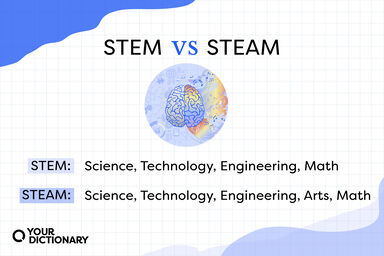The appended table shows the progress made since 1850 with regard to steam power.
The great future that seemed to await the application of steam power to the tillage of the soil proved illusory.
In 1888, at Nottingham, hay and straw presses for steam-power, horse-power and handpower were the subjects of competition.
The Baltimore & Ohio railway was to cross his property, and, after various inventions aiming to do away with the locomotive crank and thus save two-fifths of the steam, in 1830 he designed and constructed (largely after plans made two years before) the first steam locomotive built in America; though only a small model it proved the practicability of using steam power for working that line.
In most modern works the greater part of these operations, as well as the actual rolling of the glass, is carried out by mechanical means, steam power and subsequently electrical power having been successfully applied to this purpose; the handling of the great weights of glass required for the largest sheets of plate-glass which are produced at the present time would, indeed, be impossible without the aid of machinery.





